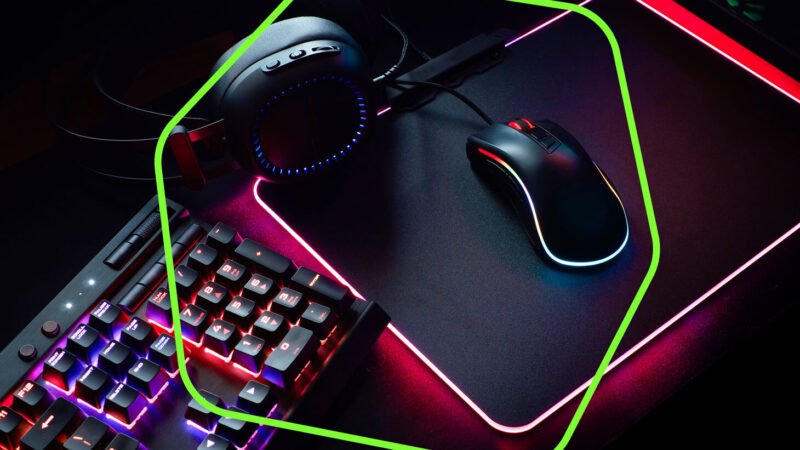Environment group to Filipinos: ‘Have a zero e-waste Christmas’
Environment justice group BAN Toxics today urged Filipinos to think of the environment before making their yuletide electronic gadget purchase to reduce if not completely eliminate electronic waste or e-waste.
“Electronic equipment has become a default Christmas purchase. We need to realize that our desire to acquire the latest electronics and gadgets has serious implications to the environment and health,” Anna Kapunan, BAN Toxics’ Campaign and Advocacy Specialist said.
“Electronic gadgets such as cellular phones, computers, tablets as well as electrical appliances like washing machines and air conditioners contain hazardous materials and toxic metals that can be released to the environment and pose health problems,” Kapunan added.
Christmas consumerism combined with high dependence on electronics and planned obsolescence of these devices contribute to the spiking of e-waste after the yuletide season. Electronic devices that are discarded, whether they are still working or not, are all considered e-wastes.
Various parts of electronic products contain a cocktail of toxic chemicals. Mercury, lead, phthalates, brominated flame retardants (BFR) and polyvinyl chloride (PVC) are some of the toxic ingredients found in the gadgets, from the plastic housing to the electrical wiring.
Aside from possibly damaging the liver, lungs and kidney, phthalates are also suspected to cause infertility in males. Both BFR and PVC are cancer-causing substances. Poisonous metals like mercury and lead, both of which damage the nervous system and cause developmental disorders, are found in some television and computer screens.
“E-waste is an urgent topic of concern, especially for countries such as the Philippines, where discarded electronics from developed countries are often exported as secondhand goods,” commented Myline Macabuhay, Ban Toxics’ Policy and Research Senior Specialist.
Macabuhay further noted that “e-wastes contain toxic substances which may be released through improper use and recycling. It’s our responsibility to make sure that we don’t add to the growing mountain of e-waste in the country by buying gadgets which may potentially harm both human health and the environment.”
According to the United Nations Environment Programme (UNEP), there would be a 500 percent increase in e-waste by 2020. The shorter life span of electronics has contributed to the rapid growth of e-waste. Many manufacturers design electronic gadgets that easily become obsolete so consumers will upgrade and buy again, which adds to the problem.
Ways to minimize e-waste
BAN Toxics reminds Filipinos to seriously consider before making any electronic purchase and suggests ways to help minimize e-waste amidst the holiday electronic mania.
“Give gifts of experiences rather than material things. A hug and a bonding moment with a loved one or family member is more meaningful,” Kapunan said.
“If you really need to, choose wisely when buying electronics — buy those that comply with environmental standards. Look for those that have the following logos and labels – RoHS, Energy Star label, J-Moss, and WEEE compliant,” she added. “Pay attention to these logos. RoHS stands for compliance with European Union product standards so the gadget should not have lead and 4 other major toxins.”
Kapunan also emphasized the importance of disposing the items through the disposal hazardous facilities that are registered under the Department of Environment and Natural Resources to ensure that hazardous toxics will not stream in the environment. Instead of shelling out a bigger sum for a new one, she recommends having old gadgets repaired, which is more practical. Her ultimate advice is to always think about the environment and health when making a purchase.
“Always think of the added environmental and social cost of upgrading to a new gadget or electronics and ask yourselves if it is worth it,” she said.



